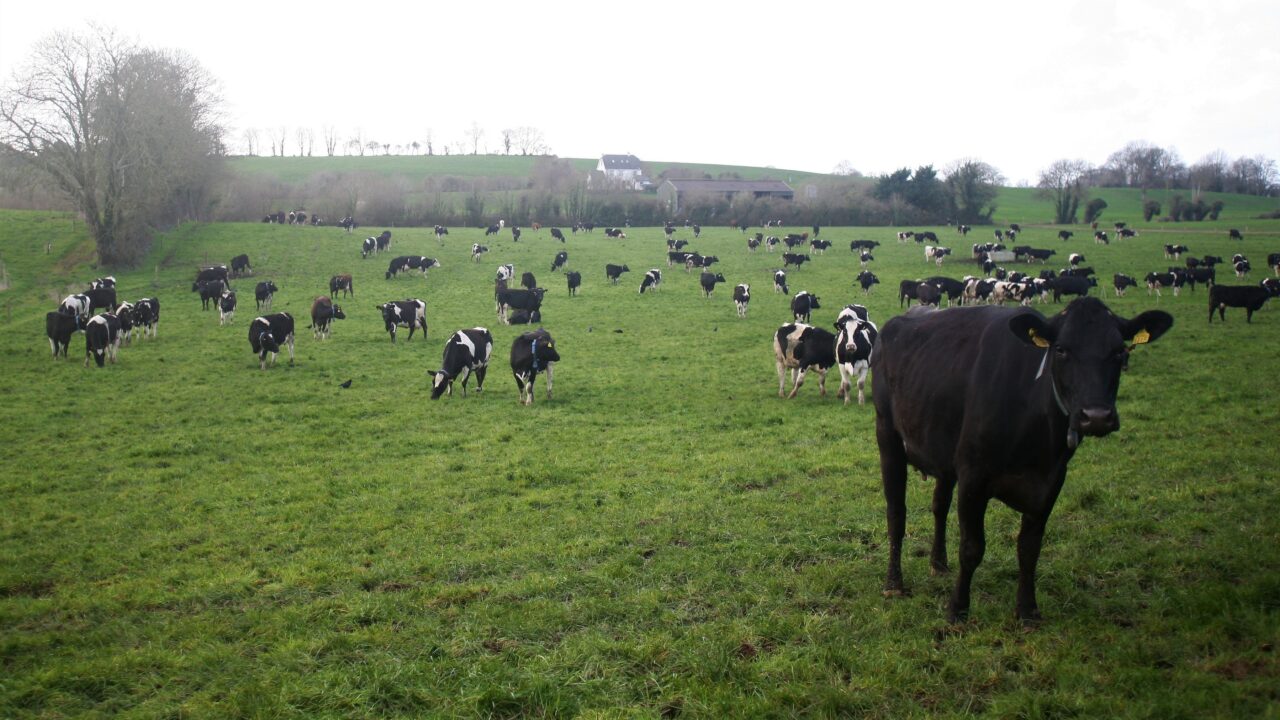The Irish Cattle Breeding Federation (ICBF) has reported an improvement in the fertility performance of the national dairy herd. This follows the publication of HerdPlus Dairy Calving reports last week.
According to the federation, the average calving interval improved by three days – from 390 days in 2017 – to reach 387 days in 2018.
In addition, the six week calving rate recorded on farms also remained consistent with previous years at 64% and the calves born per cow per year figure stood at 0.91.
While these figures are encouraging, the ICBF said that they’re still a considerable way off the targets identified by Teagasc as being required to ensure a profitable dairy industry.
On the back of this, it highlights the importance of continuing to focus on high EBI (Economic Breeding Index) bulls with a high fertility sub-index.

The above table shows a summary of the fertility performance for the average, top 5% and bottom 5% of herds based on data from the latest HerdPlus Dairy Calving reports. Table source: ICBF
The ICBF also looked at the percentage of heifers that calved between 22 and 26 months. The average performance recorded for this KPI (key performance indicator) was 70%.
Although a number of herds achieved 100% of heifers calving within the desired age range, a proportion also had none (0%) calving at the most profitable age.
It says that a key part in achieving two-year-old calving is having heifers at the correct target weight for breeding. The target weights for each breed are outlined in the below table.

